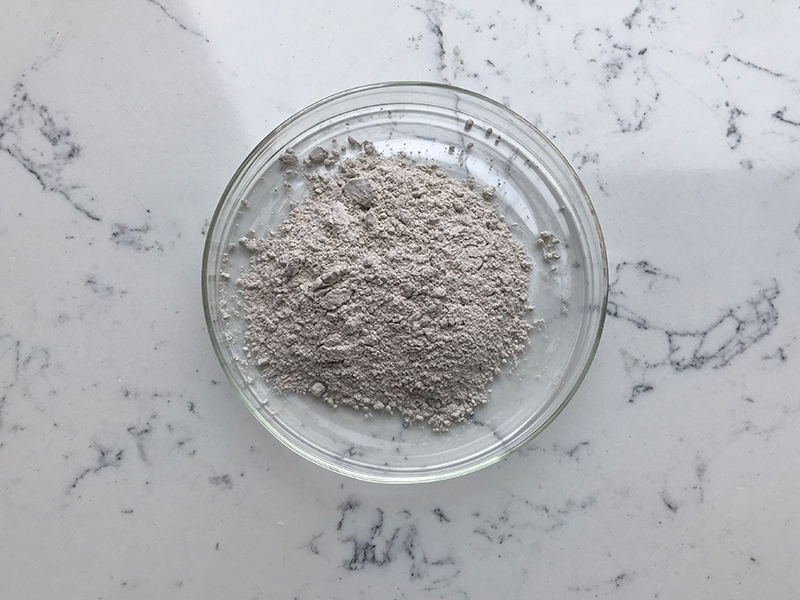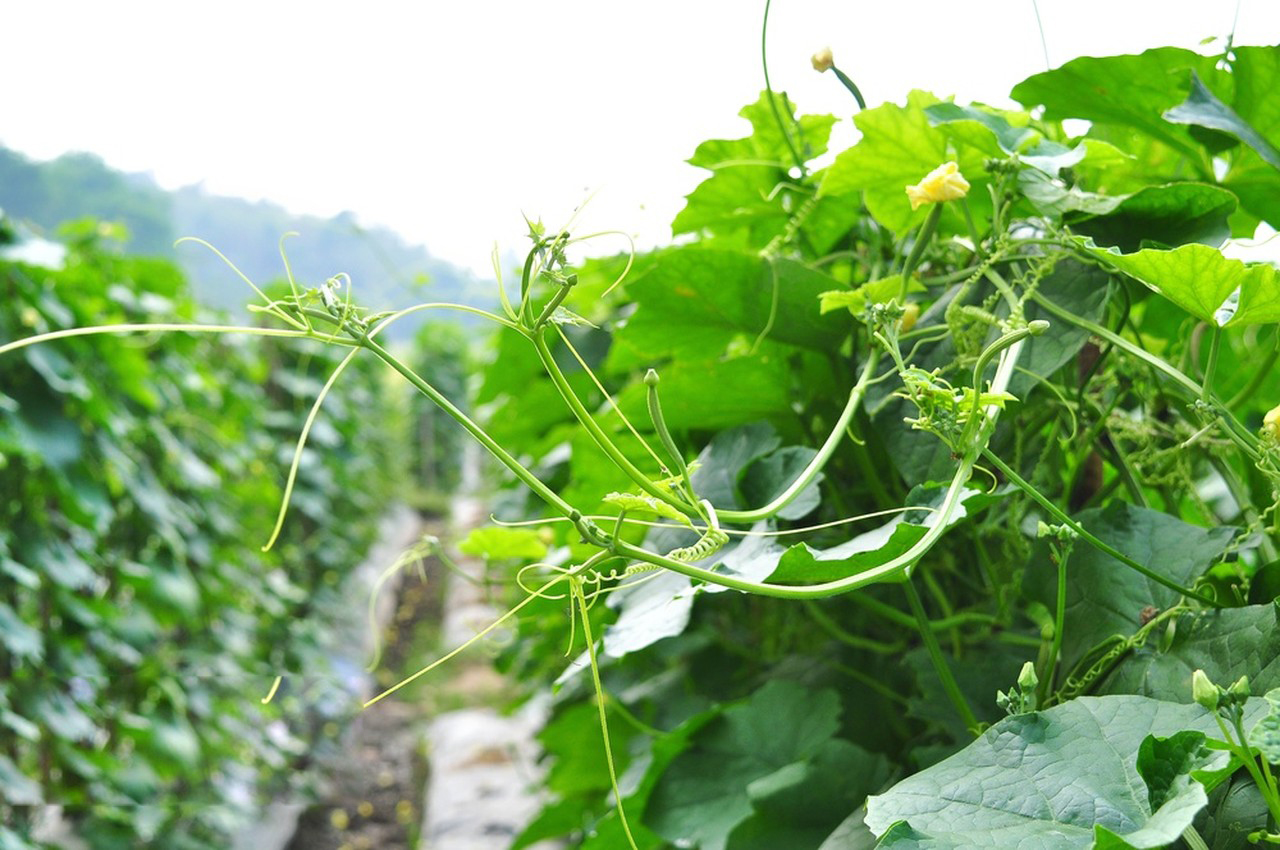Materials of Bacillus Licheniformis
1.Bacterial Strain
- Bacillus licheniformis (specific strain obtained from a microbial culture collection or environmental isolation)
2.Culture Media and Reagents
- Nutrient Agar (NA)
- Luria-Bertani (LB) Broth
- Tryptic Soy Agar (TSA)
- Minimal Salt Medium (MSM)
- Glucose, Peptone, Yeast Extract, and other carbon/nitrogen sources
- Antibiotics (if required for selection)
- pH Buffer Solutions
3.Growth Conditions
- Incubator (30–50°C, depending on experimental needs)
- Shaking incubator for liquid culture (120–200 rpm)

4.Analytical Instruments
- Spectrophotometer (OD600 for growth monitoring)
- pH Meter
- Centrifuge
- Autoclave (for sterilization)
- PCR Machine (for genetic studies, if applicable)
- Microscopes (light and scanning electron microscope for morphology study)
5.Molecular and Biochemical Assays
- Gram Staining Kit
- DNA Extraction Kit
- PCR Reagents (primers, Taq polymerase, dNTPs)
- Gel Electrophoresis Apparatus (for DNA analysis)
- Enzyme Assay Kits (for protease/amylase/lipase activity)
Methods of Bacillus Licheniformis
1.Isolation and Cultivation of Bacillus licheniformis
- If isolating from the environment, soil or water samples are serially diluted and plated on nutrient agar.
- Colonies with Bacillus-like morphology are selected and further subcultured.
- Identification is confirmed by Gram staining and biochemical tests (e.g., catalase, starch hydrolysis, casein hydrolysis).
2.Growth Curve Analysis
- A single colony is inoculated into LB broth and incubated at 37°C with shaking.
- Growth is monitored by measuring OD600 at regular intervals.
3.Enzyme Production and Assay (e.g., Protease, Amylase)
- Bacteria are cultured in a specific enzyme-inducing medium.
- Supernatants are collected by centrifugation and analyzed for enzyme activity using substrate-specific assays.
- For example, amylase activity is tested using starch agar, followed by iodine staining.

4. DNA Extraction and Molecular Identification
- DNA is extracted using a commercial kit or phenol-chloroform method.
- PCR amplification of the 16S rRNA gene is performed using universal primers.
- Gel electrophoresis is used to confirm the presence of the amplified DNA.
5. Biochemical Characterization
- Various biochemical tests are conducted, such as:
- Starch hydrolysis
- Gelatin liquefaction
- Nitrate reduction
- Sugar fermentation patterns
6. Spore Staining and Microscopy
- Endospore formation is confirmed using a Schaeffer-Fulton spore stain.
- Morphology is examined under a light microscope and, if needed, an SEM.
7. Antibiotic Sensitivity Testing
- Antibiotic susceptibility is tested using the disk diffusion method.
- Zones of inhibition are measured to determine resistance or susceptibility.
Would you like more details on any specific method?
